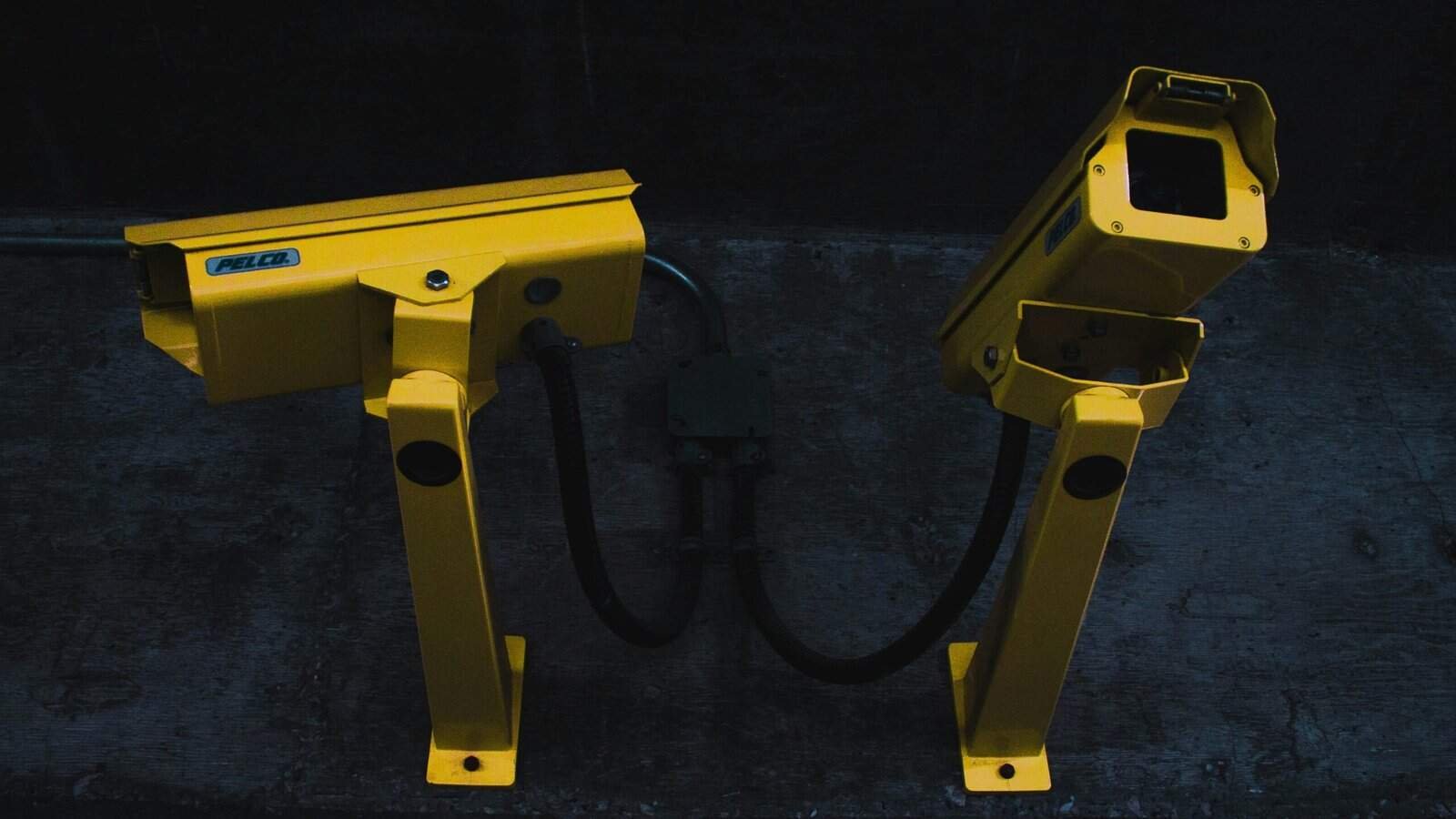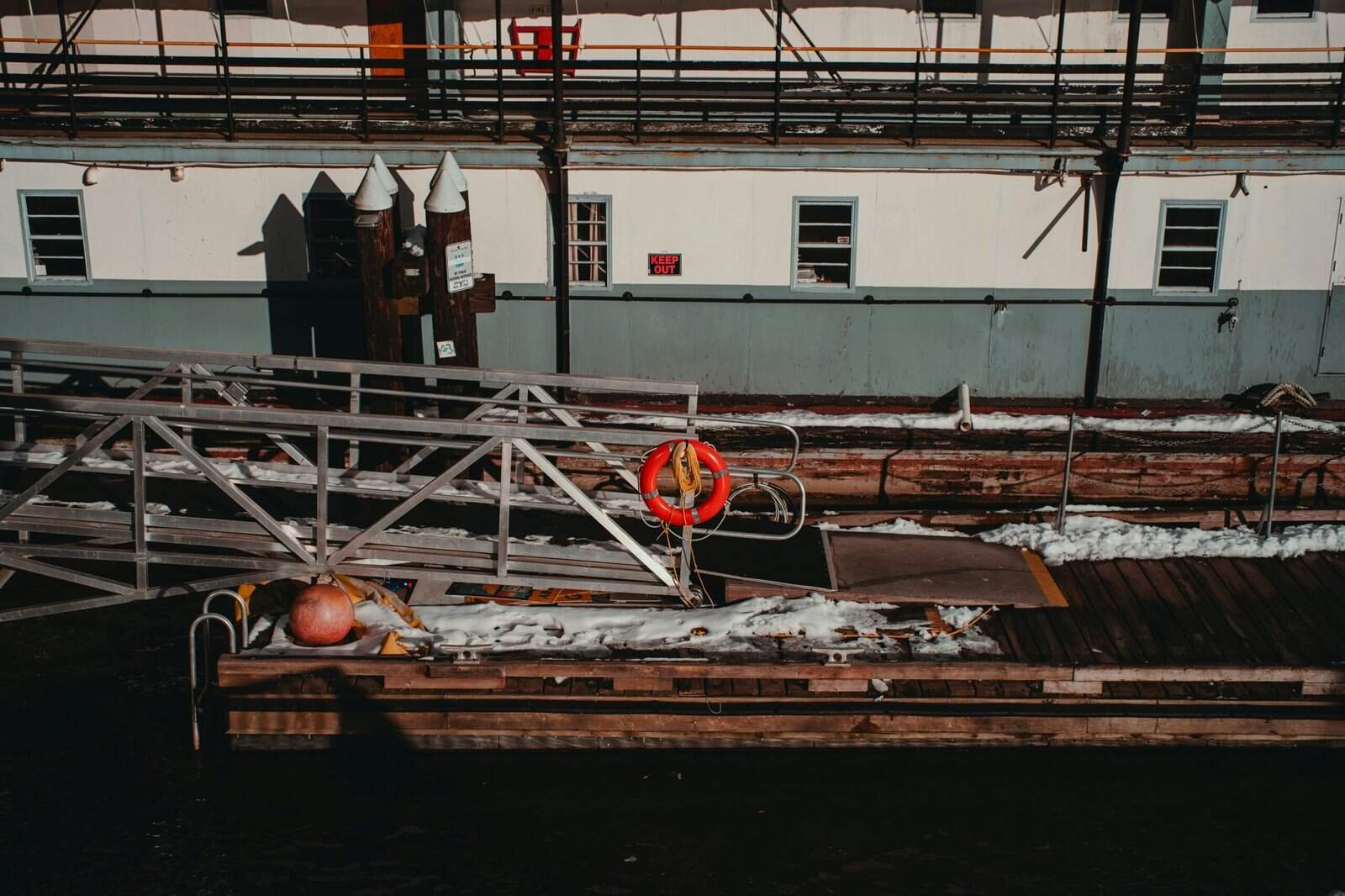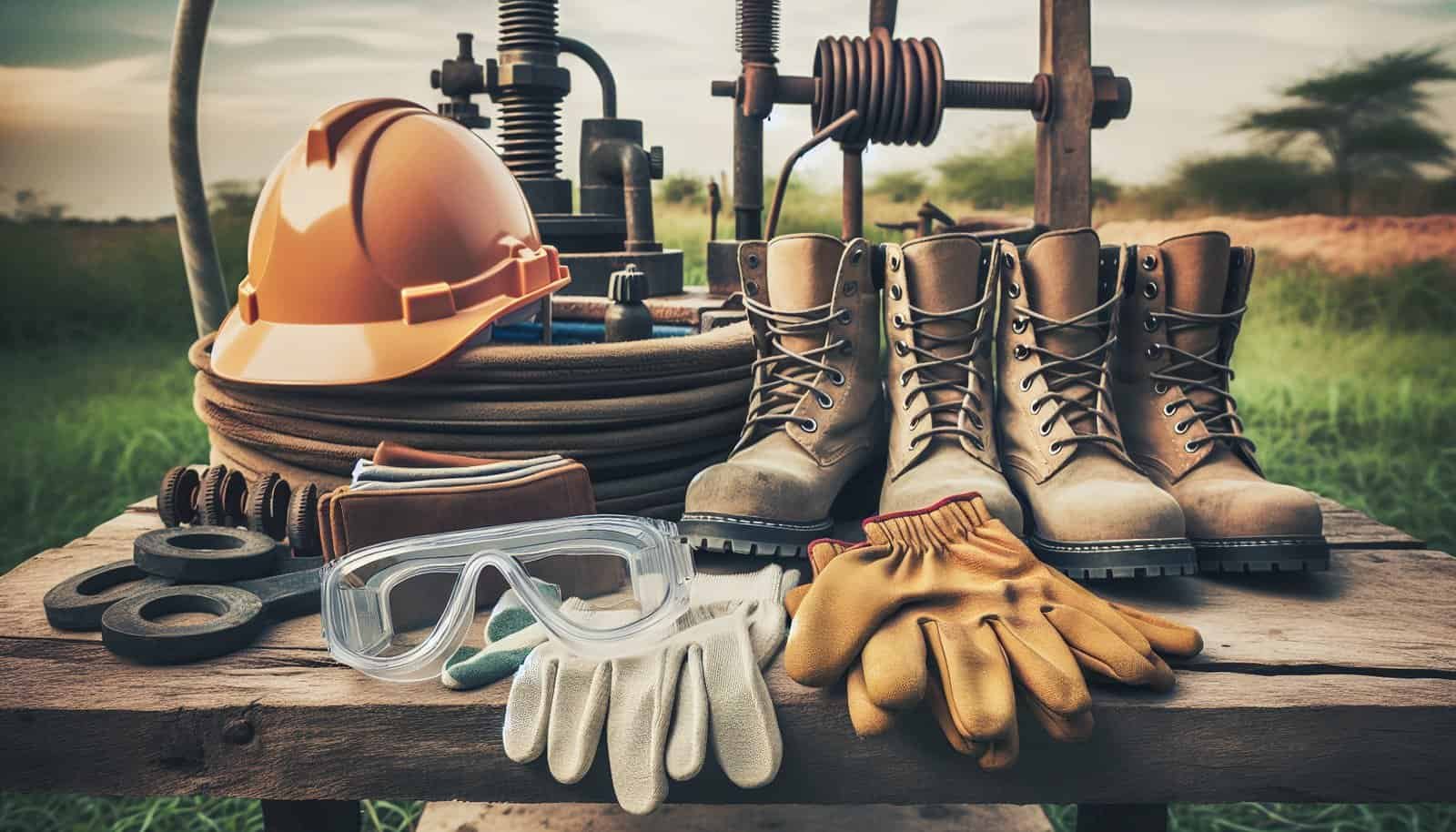What Safety Gear Should You Use When Working Around Your Well?
Have you ever wondered about the best practices to ensure safety while tending to your well? It’s an essential question for anyone working around a water source that is crucial for daily living. Safety is a paramount concern, and understanding the equipment you should use can make all the difference. In this friendly guide, you’ll discover the gear and practices that can keep you secure and your water supply uncontaminated.
Understanding the Importance of Well Safety
Before diving into specific gear, it’s important to understand why safety around wells is critical. Wells not only provide essential water for daily use but also involve significant depth and technical equipment that can pose dangers if not handled correctly. Contaminations, falls, or equipment failures are risks you need to manage effectively.
Key Risks Associated with Well Work
Fall Hazards
One of the biggest risks when working around wells is the potential for falls. It’s important to be aware of your surroundings and ensure you’re on stable footing at all times.
Contamination Risks
Contaminating your well can impact your health and that of your family. Contaminants can enter from surface water or when equipment isn’t cleaned properly.
Equipment-Related Injuries
Working with pumps, pipes, and other equipment involves risks of mechanical injury. Proper knowledge and handling are crucial to preventing accidents.
Essential Safety Gear for Well Work
Various pieces of safety equipment are vital when working around a well. From personal protective equipment (PPE) to specialized tools, having the right gear is non-negotiable when ensuring your safety.
Personal Protective Equipment (PPE)
Personal protective equipment is your first line of defense against potential hazards. Here are some key items you should consider:
1. Hard Hats
A hard hat can protect you from falling debris or accidental bumps against solid surfaces. It’s crucial when working around deep shafts where objects can easily fall.
2. Safety Glasses or Goggles
Your eyes are incredibly vulnerable to dust, debris, and chemical splashes, so safety glasses or goggles are essentials in well work.
3. Gloves
Protection against sharp objects, chemicals, and grime makes durable gloves indispensable. Choose gloves that fit well and offer sufficient dexterity.
4. Steel-Toed Boots
These boots provide protection against foot injuries from heavy equipment or accidental falls from height. They also help with maintaining a proper grip on slippery surfaces.
Respiratory Protection
In certain situations, like dealing with potentially harmful gaseous releases inside well environments, respiratory protection is key.
Respirators
A properly fitted respirator can protect against dust, mold spores, and in some cases, chemical vapors that may be present during maintenance or inspection jobs.
Ensuring Safe Access with Equipment
Proper equipment ensures you can work effectively and safely. This is especially important when accessing and maintaining your well.
Ladders and Harnesses
When climbing into deep well shafts, ladders and harnesses provide stability and safety. Harnesses prevent falls, while ladders give you reliable access.
Rope and Safety Lines
Ropes and safety lines are used in securing workers and transporting materials. They add an extra layer of security against potential falls and help in retrieving tools or buckets.
Protective Clothing
The right clothing can safeguard against weather conditions, chemical exposure, and physical injuries while working around a well.
Coveralls
Durable coveralls protect your skin from abrasions and spills. They also keep your other clothing clean and are often resistant to chemicals.
High-Visibility Attire
If your well is in a location with vehicle traffic, wearing high-visibility clothing ensures that you’re seen by drivers and other machinery operators.
Additional Equipment for Specific Tasks
Depending on your task, you might need additional equipment to ensure you complete the job safely.
Water Testing Kits
To ensure your well water stays uncontaminated, regular checks with a water testing kit are crucial.
Inspection Cameras
These allow you to inspect areas that are difficult to reach otherwise, ensuring the internal components of your well are functioning correctly without risking your safety.

General Safety Tips for Well Maintenance
Besides having the right gear, there are general safety practices that everyone should observe when working around wells.
Keep the Area Clear
Ensuring a clear workspace can prevent accidents. Remove unnecessary clutter and keep tools and equipment stored safely when not in use.
Regular Inspections
Conduct regular safety inspections to ensure all gear and equipment are functioning properly. This includes checking for wear and tear on ropes, harnesses, and other critical equipment.
Know the Emergency Procedures
Everyone working around a well should be aware of emergency procedures, which include first aid and emergency contact numbers. If an accident occurs, knowing how to respond quickly could save a life.
Hygiene and Clean-Up
Maintaining cleanliness around the well site prevents contamination of your water supply. Ensure that any waste is disposed of properly and that tools and equipment are cleaned after use.
Communicate Effectively
Good communication can prevent misunderstandings that could lead to accidents. Ensure everyone on site knows the plan and understands their role.

Special Considerations in Different Seasons
Working around your well can present different challenges depending on the season. Understanding seasonal risks can help you prepare and adjust your safety gear accordingly.
Winter Challenges
Winter brings ice and snow, increasing the risk of slips and falls. Ensure paths are clear and treated and that your footwear provides good traction.
Summer Challenges
In summer, dehydration and heat stroke are concerns. Ensure you have access to water and shade as needed, and take breaks to cool down.

Conclusion
Working safely around your well is a matter of having the right knowledge, gear, and procedures in place. From personal protective equipment to specialized tools, every piece of equipment serves a role in keeping you safe. By maintaining cleanliness, conducting regular inspections, and being aware of seasonal risks, you can manage your well efficiently and safely. Prioritizing safety in your well maintenance tasks will ensure that you secure not only yourself but also the quality of your water supply. If you ever find yourself questioning whether you’re prepared for a task, remember to re-evaluate your gear and procedures—it might make all the difference.

